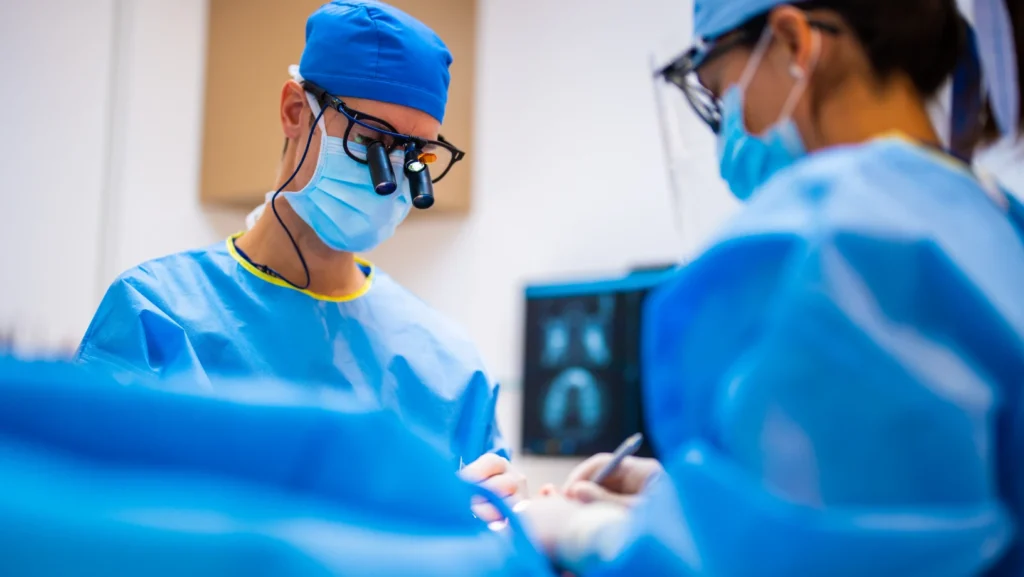Soft-tissue augmetation
Healthy teeth are surrounded by two types of tissue: gingiva and mucosa. Mucosa is like cheek tissue, it is weak and loose and does not adhere to the roots of the teeth or the underlying jawbone very well. In comparison, gingiva is a strong keratinized tissue that is firmly attached to the teeth/bone.
Mucosa is much more likely to recede, causing more root of the tooth to show, leading to tooth sensitivity and a loss of the underlying jawbone around the tooth.
Having an adequate amount of keratinized tissue is also important around implants : evidence suggests that the peri‐implant soft tissues are key to maintaining long-term peri‐implant health and aesthetics.

When do I need a soft-tissue augmentation?
- When there is an insufficient amount of attached gingiva (firm gum tissue) around teeth or implants.
- When there is a risk for the development of gum recession.
- When a recession of the gum has already taken place and teeth are sensitive to cold/heat/brushing.
- To improve the gingival appearance.
- When planning for fillings or crowns with edges at the gumline: it is important to have sufficient width of firm, adhered gingiva around the teeth or implants to withstand the irritation they may cause.
What are the expected benefits?
The purpose of gingival augmentations is to create an amount of attached gum tissue adequate to reduce the likelihood of further gum recession.
Another purpose may be to cover some of the exposed root surfaces. To enhance the appearance of the teeth and gum line, or to prevent or treat root sensitivity or root decay.
However, when a complete coverage of the exposed root surface is desired, an additional gum graft procedure can be performed or a composite restoration can be placed.
When indicated, soft tissue augmentation around implants can be performed before or at the time of implant placement, or during the implant healing phase.

Also learn about : Gum diseases